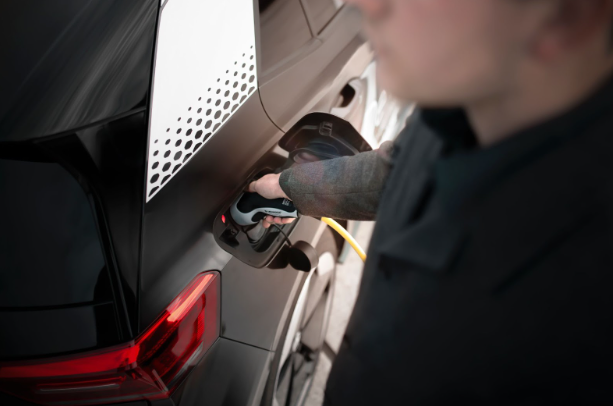Crime is something that most South Africans are worried about. And the statistics around illegal activities do nothing to ease our fears. One form of crime that you might not be as aware of is fuel fraud.
This form of crime may be one of the biggest causes of loss of profits for fleets. But how is fuel fraud performed, and what can Fleet Managers do to counteract it? Avis Fleet’s Intelligent Fuel Management solution is designed to counteract fuel fraud.

The ways of fuel fraud
In part 1 we look at siphoning, inflated fuel card transactions, cloned fuel cards, side fueling, multiple pump transactions, and continuous pump action.
Be sure to read part 2 of our series where we look at multiple vehicle fills, manual transactions – vehicle at fuel station, manual transactions – vehicle not at fuel station, tampering with pump calibration, private vehicle fill on company fuel card, and convenience store purchases/car washes.
Siphoning
Criminals can use a mechanical pump to siphon fuel from a vehicle’s tank. They can then replace it when they fill up again.
This will result in excessive consumption – so unless odometer readings are tampered with, it is detectable.
Inflated fuel card transactions
The most popular method of fraud, when a vehicle stops at a fuel pump and requests an amount of petrol, eg. 200 litres. The driver then requests a further amount to be added under the table, eg. 50 litres.
This amount is added manually (depending on processing equipment), and the cash value of the 50 litres is taken from the cash drawer and split between driver, pump attendant and cashier.
Cloned fuel cards
This is when fuel cards are illegally copied so that they can be used on other vehicles with the charges going to the owner of the original fuel card.
If not detected early, perpetrators can fraudulently charge thousands of rands to the unsuspecting victims. It can also be time consuming and difficult to recover money lost in this way.
Side fueling
A popular method of fuel fraud where a vehicle tank and a container on the side are both filled at the same time and billed to the customer as a single transaction.
Boats, jerry cans, mobile generators, and other equipment can be used for side fueling.
Multiple pump transactions
Sometimes cashiers can combine multiple pumps to be charged to a single fuel card transaction.
The cash obtained from other pumps can be shared amongst cardholder, pump attendant and cashier. It is popularly known as a “roll up” transaction.
Continuous pump action
When the driver of a vehicle fills with fuel and uses cash to pay for a transaction, then leaves, and the pump is kept active for the next vehicle who also fills with fuel. The driver of the second vehicle is charged for both transactions.
Intelligent Fuel Management helps Fleet Managers to counteract fraud by managing every fuel transaction and sending updates and alerts regarding fuel spend.
Find out more about Avis Fleet’s Intelligent Fuel Management and other solution here and contact us to find out about how to utilize our fuel management solution.





